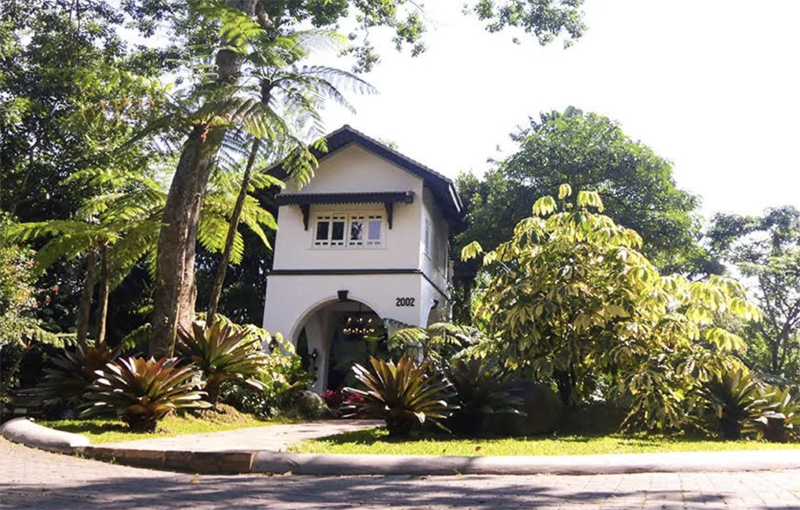Filipino restaurants that are worthy of Michelin recognition
Recently, the Michelin Guide announced its expansion into the Philippines, with its first edition set to launch in 2026.
The guide will cover Metro Manila and Cebu while also highlighting the culinary landscapes of Pampanga, Tagaytay, and Cavite. Anonymous Michelin inspectors will visit restaurants across these regions, aiming to showcase the country’s rich and diverse culinary heritage.
As the Philippine food scene continues to grow, several local restaurants stand out for their creativity, innovation, and commitment to Filipino flavors. Here are some that we believe are strong contenders for the upcoming Michelin Guide.
Toyo Eatery
Located in Makati City, Toyo Eatery is a symbol of modern Filipino dining. Led by Chef Jordy Navarra, the restaurant transforms familiar Filipino dishes into thoughtful, elevated creations.
The “Three-Cut Pork BBQ,” inspired by street food skewers, combines three cuts of pork marinated and grilled to perfection—a classic flavor with new depth. Another highlight is “Bahayan,” a dish that captures the taste of home, using simple ingredients to reflect family cooking.
Recognized by Asia’s 50 Best Restaurants, Toyo Eatery bridges tradition and innovation in Filipino cuisine.
Gallery by Chele
In Bonifacio Global City, Gallery by Chele blends sophistication and soul. Chef Chele Gonzalez, originally from Spain, embraces the Philippines’ local ingredients and traditions.
The tasting menus feature dishes like kinilaw reimagined with seasonal seafood and native herbs and a striking dessert of ube and cacao sourced from Davao. Each plate is like a canvas, combining bold Filipino flavors with modern techniques.
With its sleek design and carefully crafted dishes, Gallery by Chele offers a dining experience that is both elegant and deeply rooted in Filipino culture.
Hapag

Hapag in Quezon City redefines comfort food by turning classic Filipino dishes into refined culinary experiences. Chefs Kevin Navoa and Thirdy Dolatre bring innovation while staying true to local flavors.
Their tasting menu takes guests on a journey across the Philippines. The kare-kare, a traditional peanut stew, is transformed into a delicate dish with tender beef, crisp vegetables, and a smooth, rich sauce. The lechon, usually a feast centerpiece, becomes bite-sized portions with the same signature crunch and juiciness.
Hapag’s intimate setting and bold takes on Filipino classics have made it a rising star in the food scene.
Metiz

In Makati, Metiz keeps things simple but never boring. Chef Stephan Duhesme focuses on local ingredients, creative fermentation, and bold yet clean flavors.
Dishes like adlai risotto—made with a native grain and enriched with crab fat—highlight the team’s dedication to indigenous ingredients. Their sourdough bibingka playfully reinvents a beloved holiday treat with familiar flavors and surprising textures.
Metiz’s minimalist approach puts the spotlight on ingredients, proving that less can be more.
Antonio’s

A long-standing icon in Tagaytay, Antonio’s sets the standard for fine dining in the Philippines. Chef Tonyboy Escalante blends European techniques with Filipino flavors, creating a menu that feels both classic and contemporary.
The duck confit, glazed with adobo sauce, balances French cooking with a Filipino twist. Fresh greens with calamansi vinaigrette reflect the chef’s focus on local produce.
Nestled in a lush garden estate, Antonio’s offers more than just a meal—it’s a full sensory experience of elegance and homegrown flavor.
Binulo
In Pampanga, Binulo honors both Kapampangan cuisine and Aeta cooking traditions. Named after the method of cooking food in bamboo tubes over an open flame, the restaurant presents regional dishes with a rustic yet polished touch.
The menu features bold Kapampangan flavors, including bulanglang Kapampangan—a sour vegetable soup with guava, often served with grilled or fried fish—and bringhe, a local paella made with glutinous rice, turmeric, chicken, and coconut milk. Their binulong na manok, chicken wrapped and cooked in bamboo, highlights their dedication to preserving Aeta traditions.


